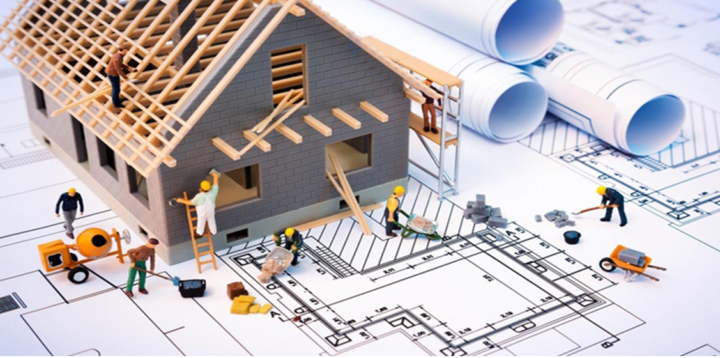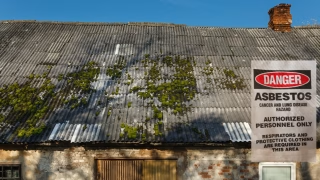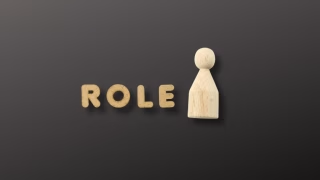
Australia’s Tradie Shortage: Can Migrant Workers Be the Solution?
As the Australian government sets an ambitious target of building 1.2 million new residential dwellings by 2029, the construction industry is facing a critical shortage of skilled tradespeople, known as “tradies.” According to the industry group BuildSkills Australia, an additional 90,000 workers need to be found in the next 3 months to meet this goal.
The head of Master Builders Australia, Denita Wawn, paints a stark picture of the challenge, stating that the current numbers are simply “impossible” to achieve without taking drastic action. So where can the construction industry find the necessary workforce to deliver on the government’s housing promises?
Luring Talent from Abroad
Wawn argues that the solution lies in looking beyond Australia’s borders, tapping into the global pool of skilled migrant workers. She points to countries like Canada, which are facing similar workforce shortages in construction, as more enticing options for foreign workers.
The reason? Canada offers simpler work permit processes and more direct pathways to permanent residency, even without a job offer prior to emigration. In contrast, Wawn says the process for foreign workers to have their qualifications recognised in Australia is often “expensive and too cumbersome.”
Reforming the Migration System
To make Australia a more attractive destination for skilled migrant workers, Wawn calls for reforms to the country’s migration system. This includes reducing application fees, improving the recognition of overseas trade qualifications, and lowering English language test requirements.
BuildSkills Australia’s Robert Sobyra echoes this sentiment, noting that the issue is not just the overall number of migrants, but the composition. Currently, only about 3% of migrants can work in the construction industry, a figure that needs to be significantly higher.
Sobyra argues that Australia should prioritize skilled construction workers, particularly in the trades and engineering occupations that require extensive training. “There’s not much point in bringing unskilled labour because we can source them from within the local population,” he says, “but those sort of occupations that need three or four years of training to become qualified, they’re the ones that you want to front-load the migration system with.”
Addressing Domestic Challenges
While the industry is calling for migration reforms, Wawn acknowledges that solutions are also needed to address the domestic workforce challenges. She suggests focusing on those already in the country, but whose skills are not recognized, by providing easier access to English language education and coaching to navigate the system.
Additionally, Wawn says subsidizing the cost of filling skills or qualifications gaps between a migrant’s home qualification and Australian requirements could help unlock the potential of this untapped talent pool.
Government Response and Ongoing Efforts
The Australian government has acknowledged the construction industry’s workforce challenges, with Housing Minister Julie Collins pointing to increased fee-free TAFE places and ongoing work to find ways to deliver on the 1.2 million promised dwellings.
Collins noted that there is “$3.5 billion on the table for states and territories to deliver on those” targets, underscoring the government’s commitment to addressing the issue.
Conclusion
As Australia races to meet its ambitious housing construction goals, the construction industry’s call for migration reforms and a more strategic approach to attracting skilled workers from abroad could be a crucial piece of the puzzle. By streamlining the process for foreign tradespeople to work in Australia and prioritizing the right skills, the industry may be able to bridge the gap and deliver on the government’s promises.
However, this challenge is not one that can be solved overnight. It will require cooperation and reform at all levels of government, as well as a concerted effort to address the domestic workforce challenges. With the right strategies and a willingness to think outside the box, Australia may just be able to find the “tradies” it needs to build a brighter future.

🚀 Ready to Elevate Your Building Career?
If you’ve been inspired by the possibilities in the building and construction industry, it’s time to take action. The Certificate IV in Building and Construction offers the expertise and knowledge you need to turn your aspirations into reality. Whether you’re aiming to become a skilled builder, an efficient project manager, or a visionary leader in the residential building sector, this course is your stepping stone.
Join a community of professionals who have transformed their careers with this nationally recognised qualification. Don’t just build structures, build a future you can be proud of. Discover more about how you can start your journey with the Certificate IV in Building and Construction.






